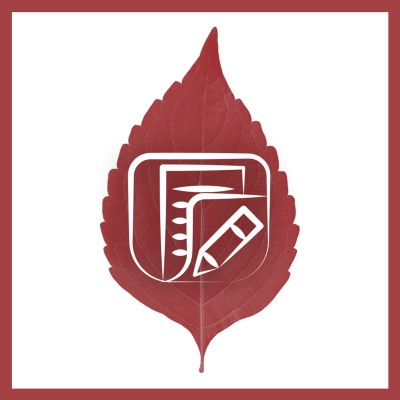 SEARCH
SEARCHProduct successfully added to your shopping cart
There are 0 items in your cart. There is 1 item in your cart.
Authors: Frank Barron & George S. Welsh
The Barron-Welsh Art Scale (BWAS) has been used in many studies of creativity. It does not require respondents to read or write and may be administered in any language to children and adults. The Manual includes an excellent chapter about the BWAS written by Gough, Hall, and Bradley (1996) "Forty Years of Experience with the Barron-Welsh".
Copyright © 1949 by George S. Welsh, 1987 by Consulting Psychologists Press, Inc.
- Buy It
- Sample Items
- Product Specs
- Related Products
- Manual$50.00Includes details on reliability, validity, scoring, etc. and a review-only copy of the BWAS form. PDFs are not refundable.In Stock
- Individual Report$15.00Builds a report that interprets an individual's BWAS scores. You invite participants to take the survey and Transform™ generates their reports.In Stock
- Report About Me$20.00Interprets and reports on your BWAS scores. You complete the survey and Transform™ generates your report. Transform will connect this report to the "Send To" email provided at checkout. Note: This product is for a single use, with automated survey administration. For multiple uses, buy instead the Individual Report product in quantity needed.In Stock
- Transform Survey Hosting (Data)$2.75Minimum purchase of 20. Allows you to administer the BWAS as an online survey using Mind Garden's Transform™ System. Includes data collection: data file with participants' raw data and raw scale scores. Optionally, Individual Reports can be generated from the collected data - requires the purchase of report licenses. Customization services are available.In Stock
- License to Administer$2.75Minimum purchase of 50. Allows you to administer the BWAS as an online survey via a non-Mind Garden survey system or as a paper and pencil survey. The downloadable PDF file includes one copy of the BWAS, scoring key, and permission to administer the BWAS up to the quantity purchased. The PDF is non-refundable.In Stock
Features of the BWAS
Purpose: Measure creativity with non-verbal administration
Length: 86 images
Target Population: All ages and education levels
Norms in manual: Gender, Occupation
Uses of the BWAS
- Creativity assessment
- Personality assessment
Scales
The Barron-Welsh Art Scale gives two scale scorings. Each scale is a valid measure of Creativity.
Barron Welsh Art Scale
Barron Welsh Revised Art Scale
From the Manual
"Barron’s own views concerning the psychological nature of the dimension defined by scores on the BWAS include elements of personal style, social attitudes, and libidinal drives (Barron, 1953a, 1963). Sample images from the BWAS High scorers on the scale manifest greater strength of primary processes in ego functioning, such as symbolization, condensation, and substitution. “Reality” is thereby transmuted into new forms and into creative individual visions. Secondary processes stress logic, planfulness, goal directedness, and adherence to form. The truly creative person has access to the primary, even primitive, functions of the ego, but not at the cost of abandoning logical reality.
"Whatever the ultimate nature of the configuration or style of personality captured in scores on the BWAS—and the search for such an absolute may be as futile and meaningless as a search for the philosopher’s stone—there is no doubt about the convergence of our own studies as well as those cited in the appended bibliography in showing that the measures do identify creative talent, and that they do this independently of intelligence, personal soundness, gender, age, and other powerful determinants that all too often limit the utility of our assessment tools."
-- George S. Welsh, Harrison B. Gough, Wallace B. Hall, and Pamela Bradley in the Barron-Welsh Art Scale Manual (p. 43)
Assesses personality traits with a full sphere of descriptive adjectives. The ACL provides a convenient, standardized method for recording and generating meaning for personal attributes of an individual. The ACL form can be used for self or observer ratings and Transform provides self or multi-rater assessment and reporting.
Measures "flexibility of thinking" in an investigation of creative thinking.
Measures awareness of internal and external bodily sensations that support comfort, health, and overall well-being.
Use a stroop-type test designed specifically for older adults.
Assesses the optimal psychological experience of flow—an experience involving total absorption in the task at hand.
A classic measure of the cognitive styles of field dependence-independence.
The PACL is a 153-item self-report and rating measure of Theodore Millon's eight basic personality patterns for use with normal adults and counseling or psychotherapy clients.
A non-verbal, visually oriented personality measure incorporating the well-known Barron-Welsh Art Scale. It consists of 400 black and white figures to which the subject responds "like" or "dislike."

 LOGIN
LOGIN  BLOG
BLOG
 CART
CART



